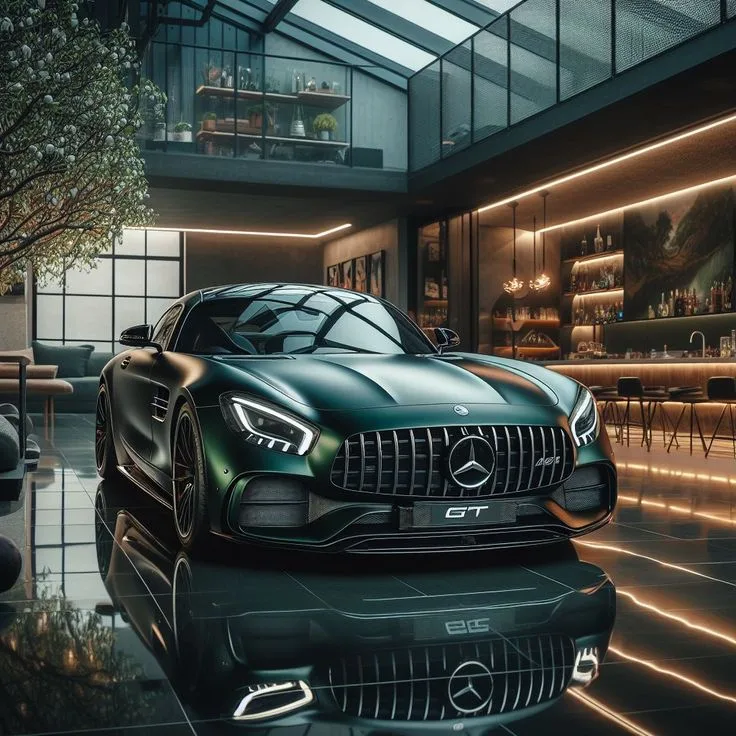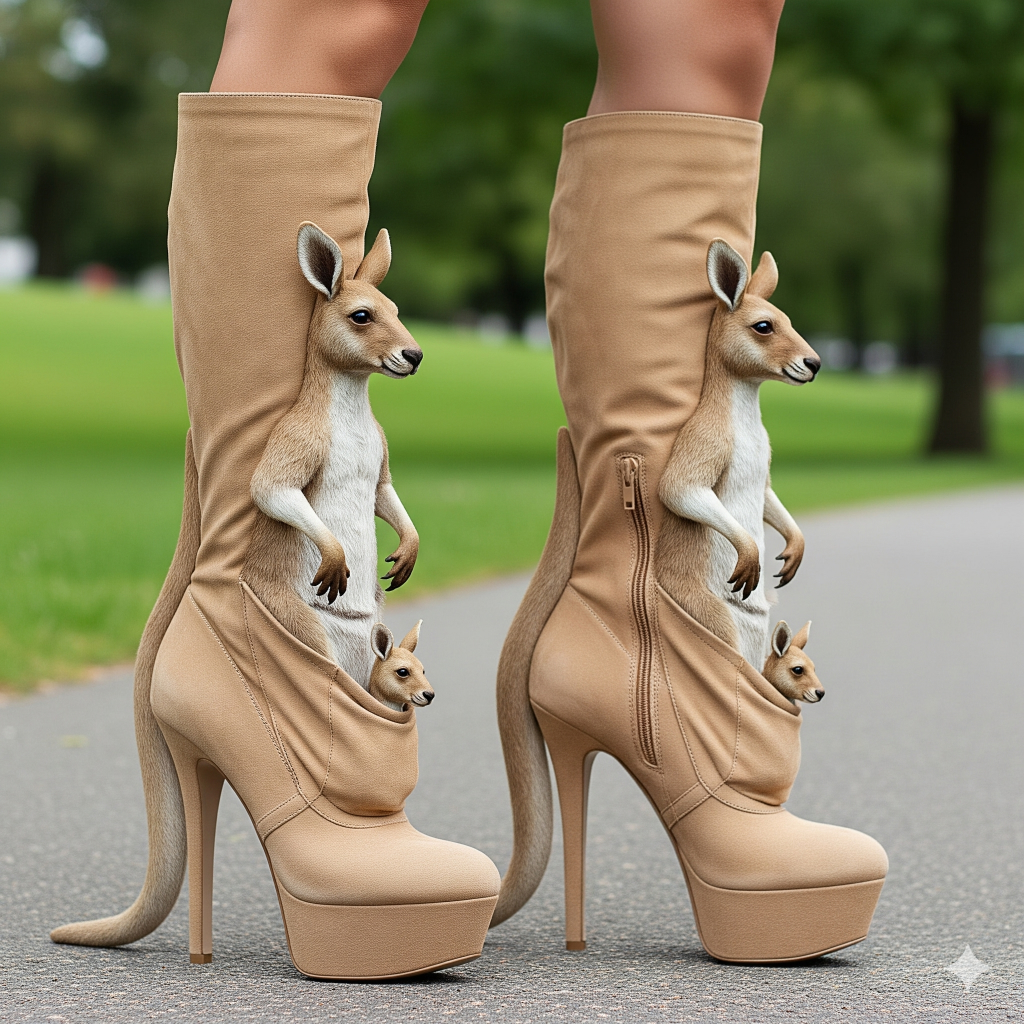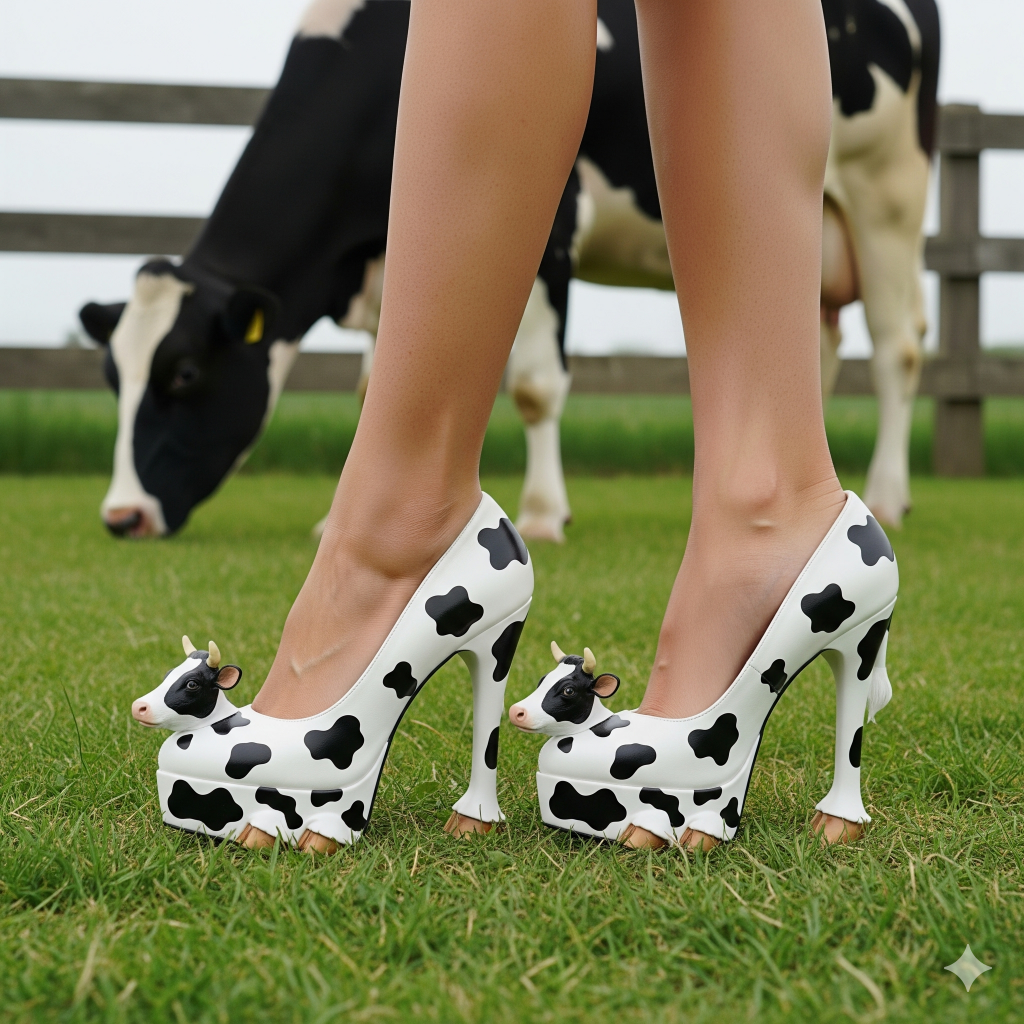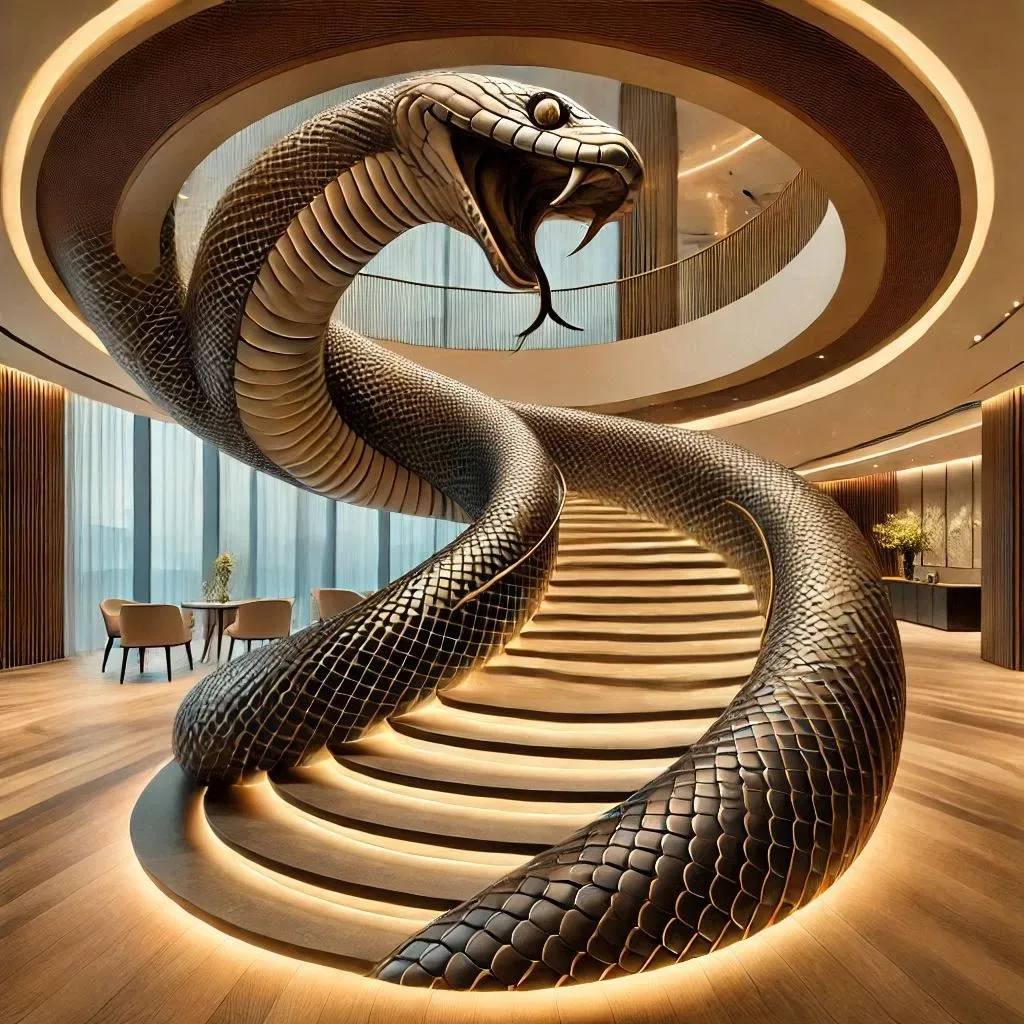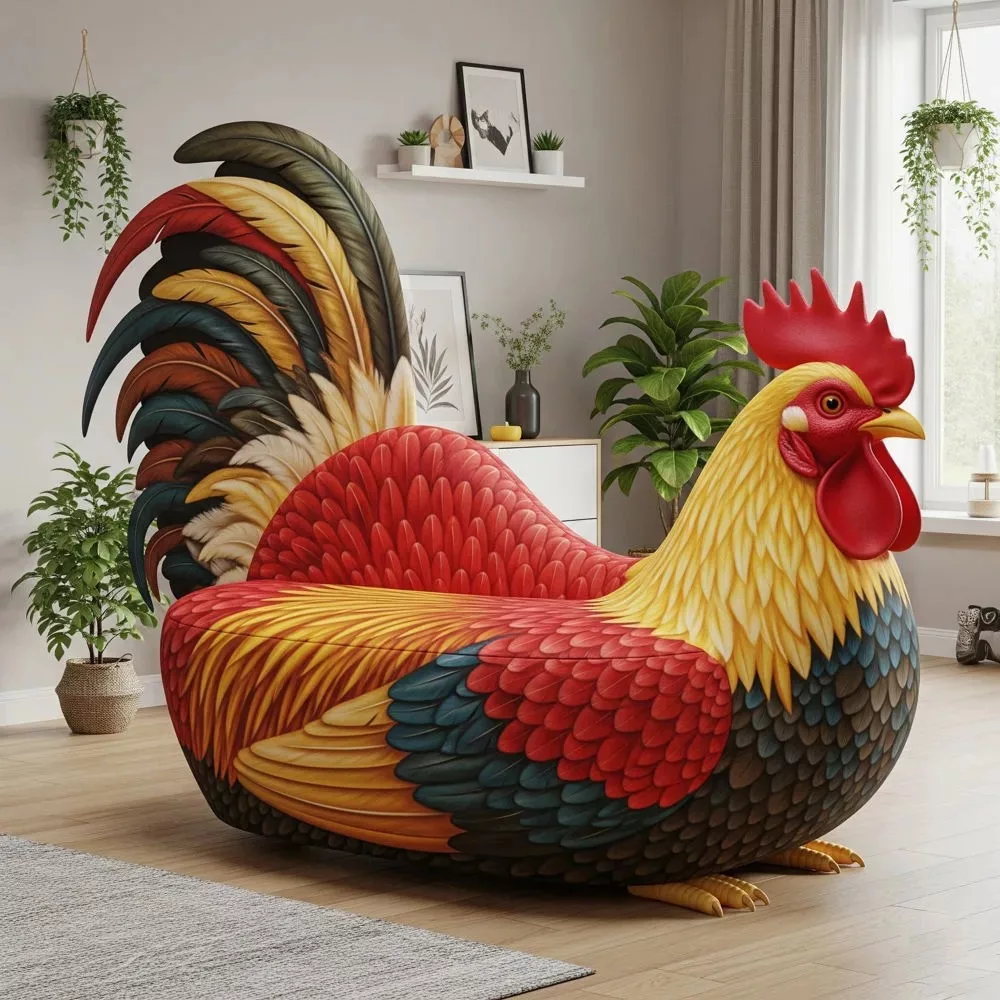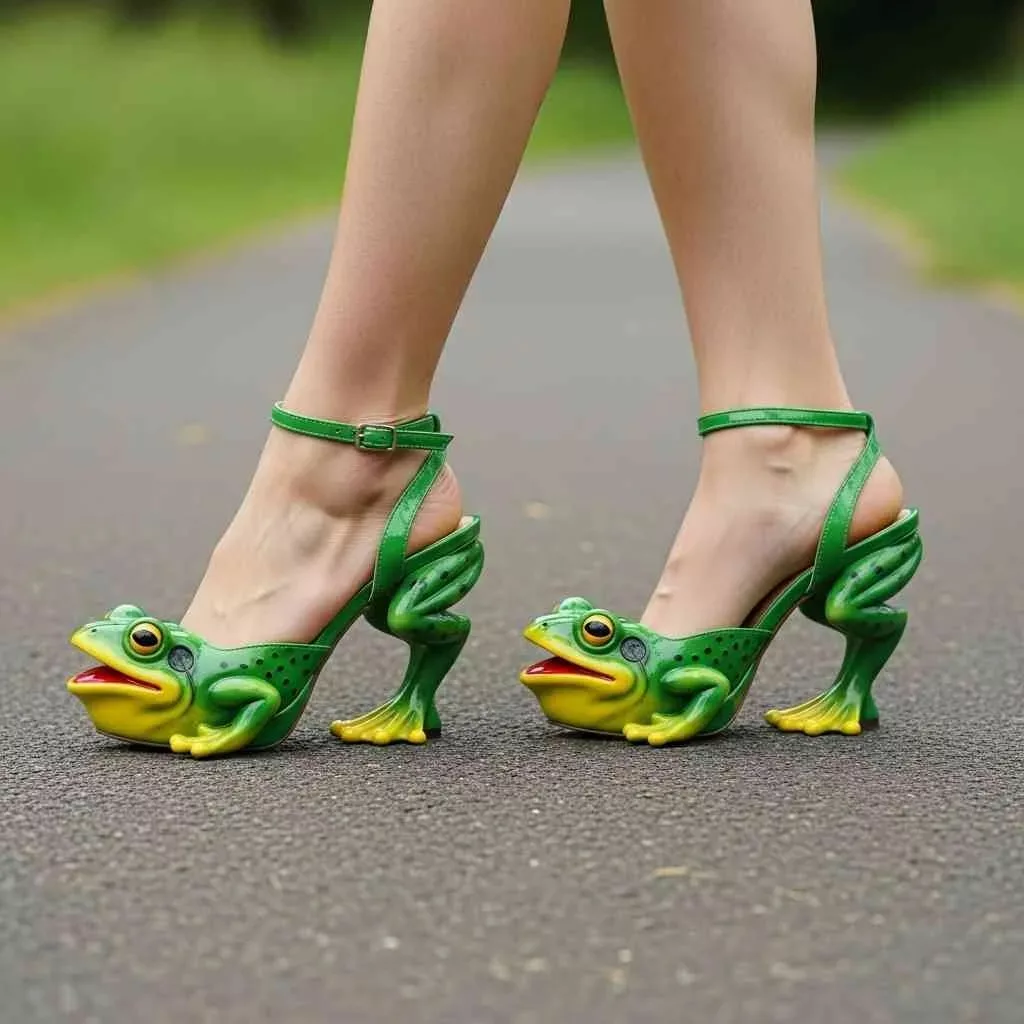Louis Vuitton is a name synonymous with luxury, style, and sophistication. Known for their iconic handbags, luggage, and accessories, the French fashion house has also made a mark in the automotive industry through their collaborations with various car brands. From designing custom trunks for early automobiles to creating limited edition cars, Louis Vuitton’s partnership with the automotive world has been a long and successful one. In this blog post, we will take a closer look at the history of Louis Vuitton’s automotive collaborations, their impact on the industry, and some of their most iconic designs.
Louis Vuitton and Cars: A Match Made in Style
The story of Louis Vuitton’s involvement with cars dates back to the early 20th century when automobiles were still a novelty. As people started traveling more frequently, they needed a way to transport their belongings, and Louis Vuitton’s signature trunks became the go-to choice for the wealthy and fashionable. These trunks were not only functional but also stylish, with the brand’s iconic monogram pattern and high-quality craftsmanship.
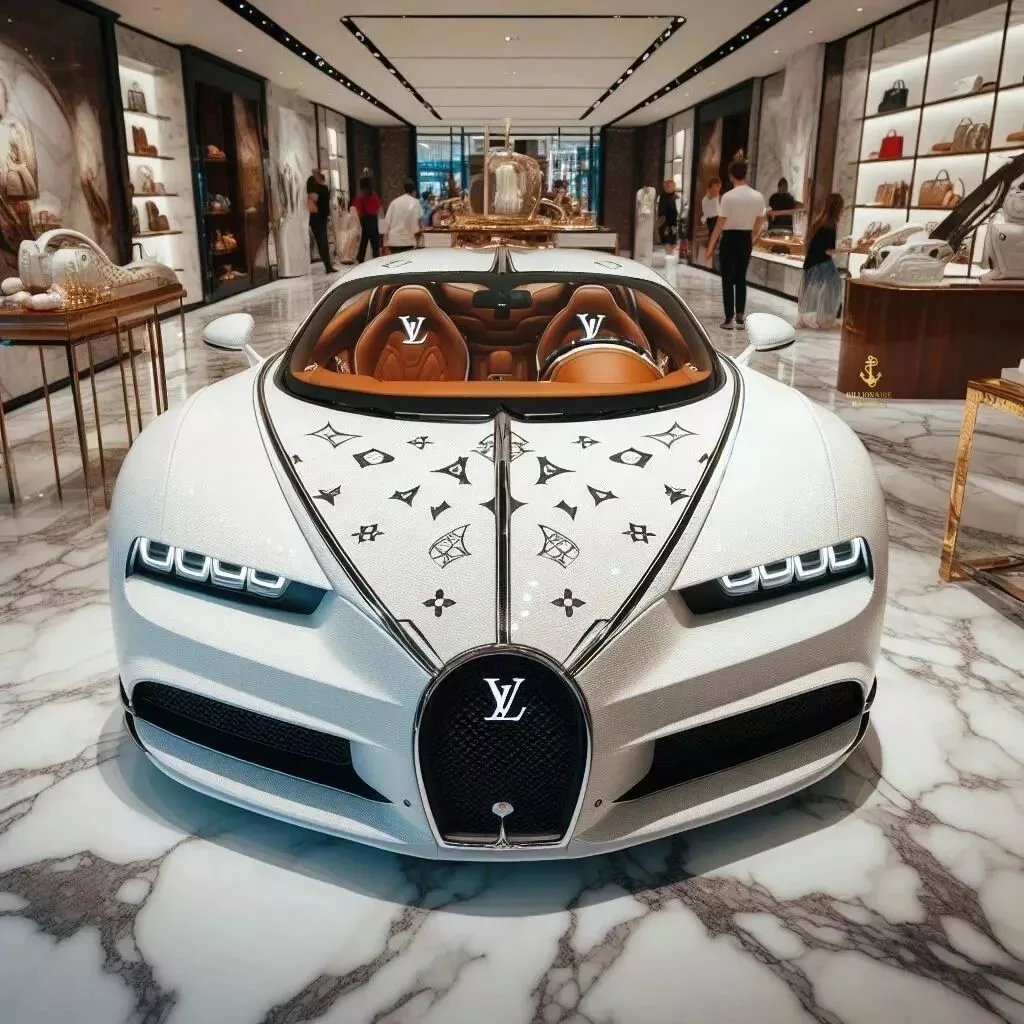
As cars became more popular, Louis Vuitton saw an opportunity to expand their business by creating custom trunks specifically designed to fit in the limited space of a car’s trunk. These trunks were not only practical but also added a touch of luxury to the already prestigious automobile. This collaboration between fashion and automotive industries was a match made in style, and it set the foundation for future partnerships between Louis Vuitton and car brands.
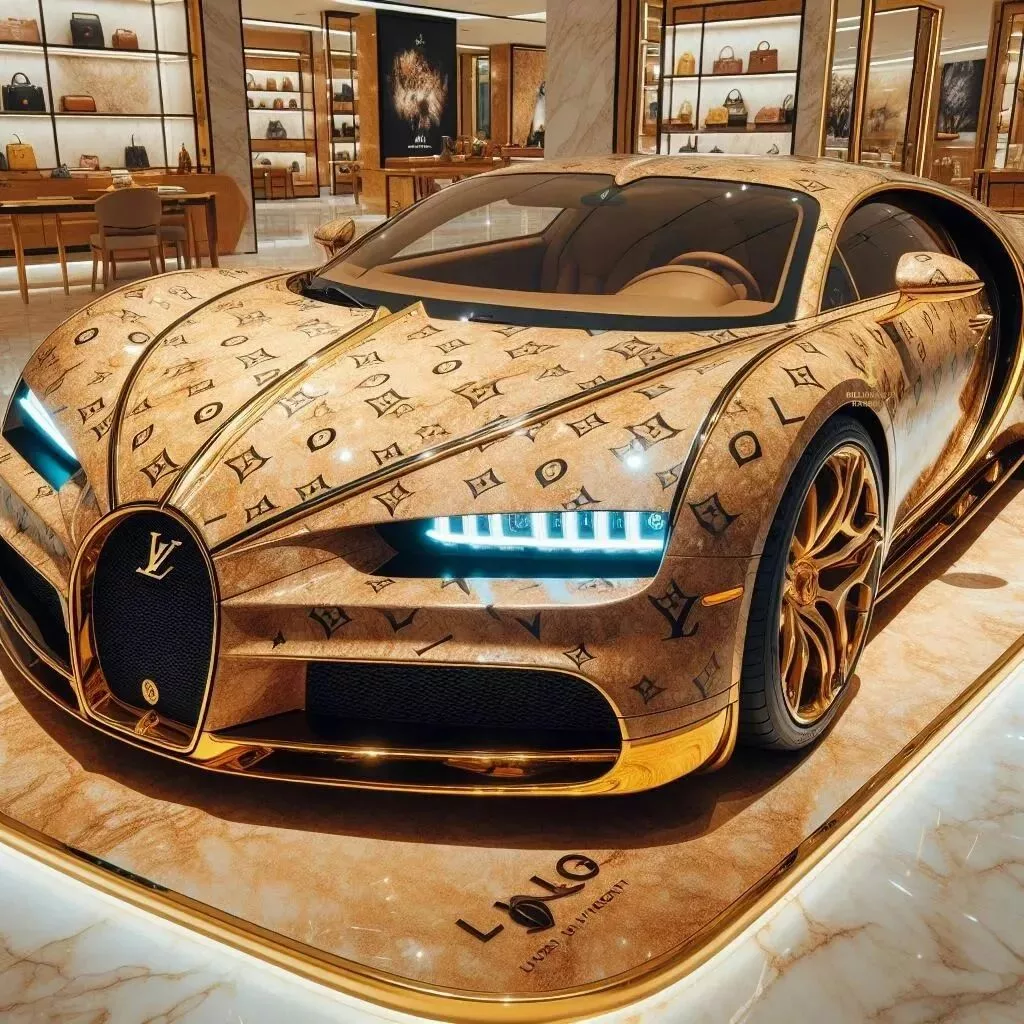
The Evolution of Louis Vuitton’s Automotive Partnerships
In the 1920s, Louis Vuitton began collaborating with some of the most renowned car manufacturers of the time, such as Bugatti, Rolls-Royce, and Cadillac. These collaborations involved creating custom trunks and luggage sets for the cars, which were often designed to match the interior of the vehicle. These trunks were not only functional but also served as a status symbol for the car owners.
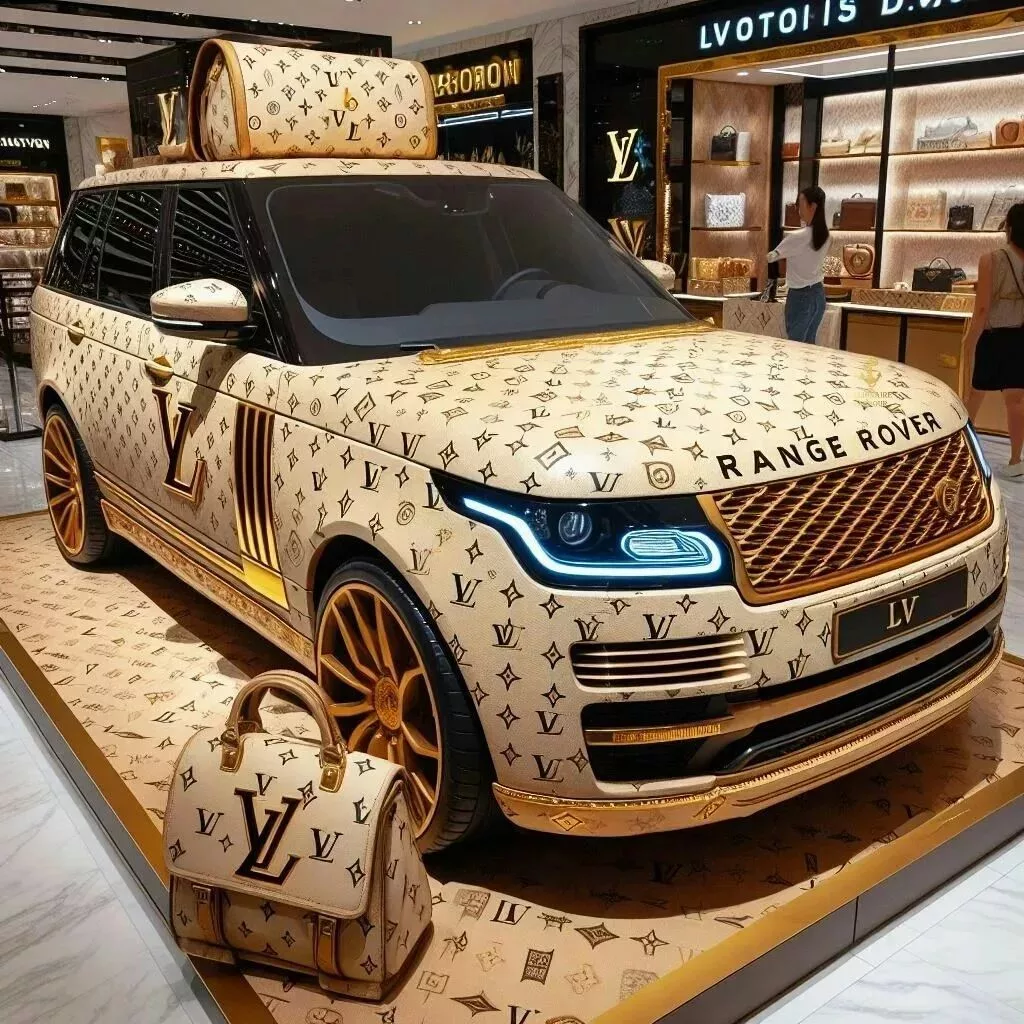
As the automotive industry evolved, so did Louis Vuitton’s collaborations. In the 1990s, the brand started working with more modern and sporty car brands like Ferrari and Lamborghini. This shift in partnerships reflected the changing trends in the fashion world, where luxury sportswear became increasingly popular. Louis Vuitton’s designs for these cars were sleek, bold, and incorporated their signature monogram pattern in a more subtle way.
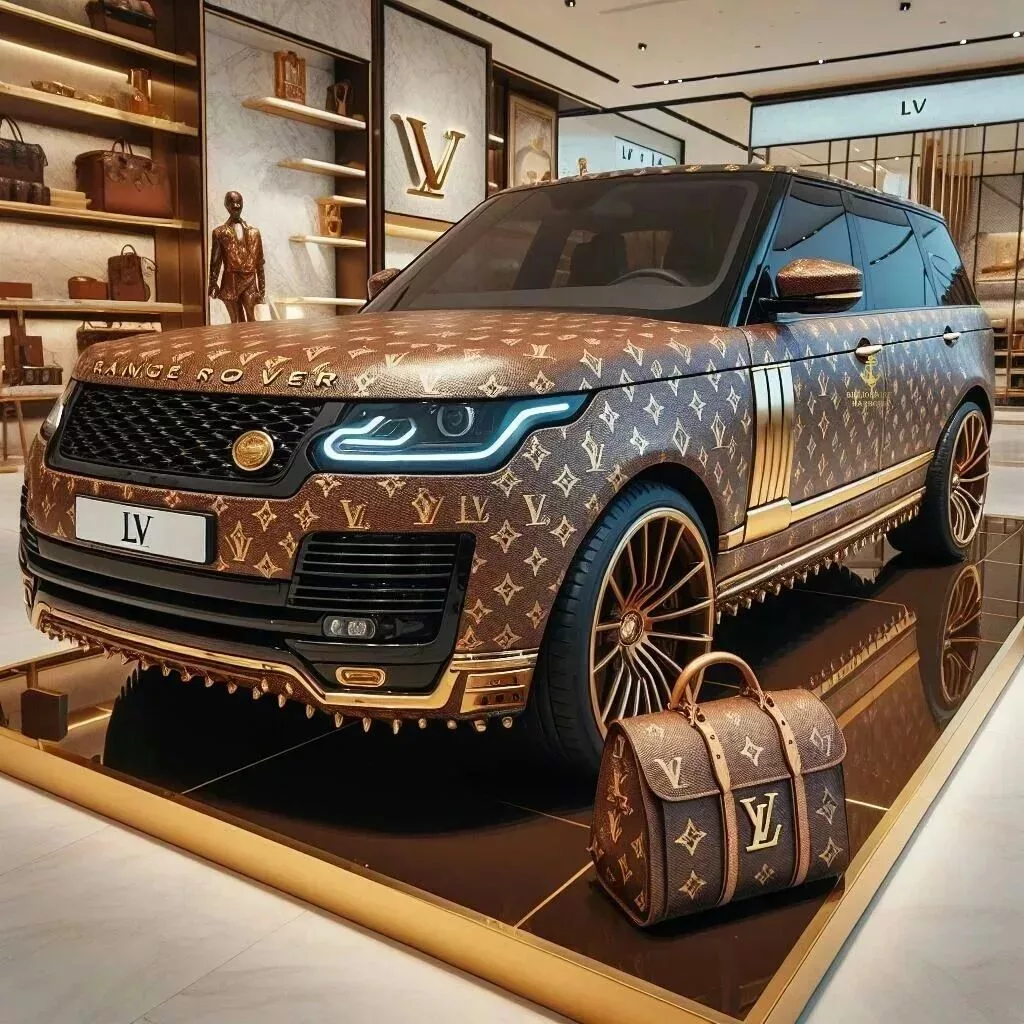
In recent years, Louis Vuitton has continued to collaborate with various car brands, including BMW, Mini, and Aston Martin. These partnerships have expanded beyond just creating custom trunks and now include designing interiors, accessories, and even limited edition cars.
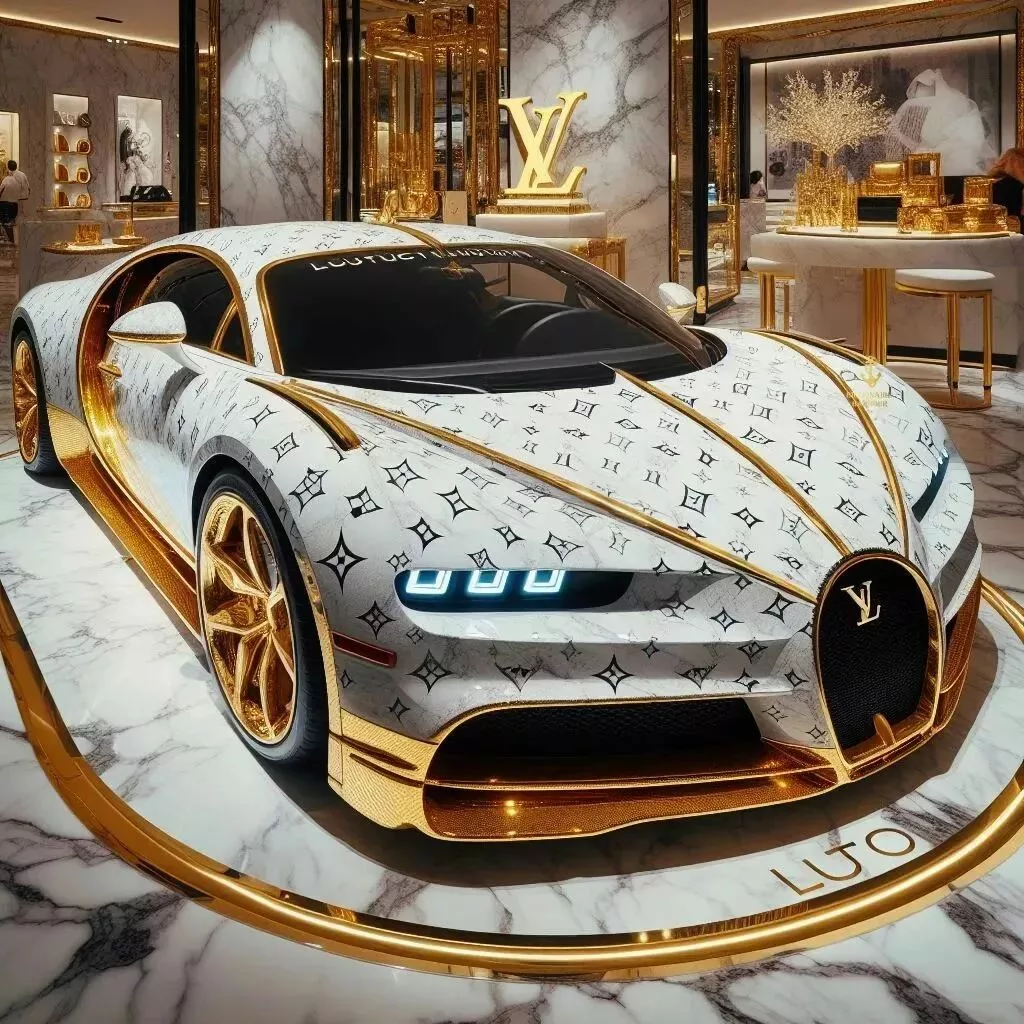
From Trunks to Tailfins: Louis Vuitton’s Car Designs
One of the most notable aspects of Louis Vuitton’s automotive collaborations is their ability to seamlessly blend fashion and function. Their designs not only add a touch of luxury to the cars but also serve a practical purpose. Let’s take a closer look at some of their most iconic car designs over the years.
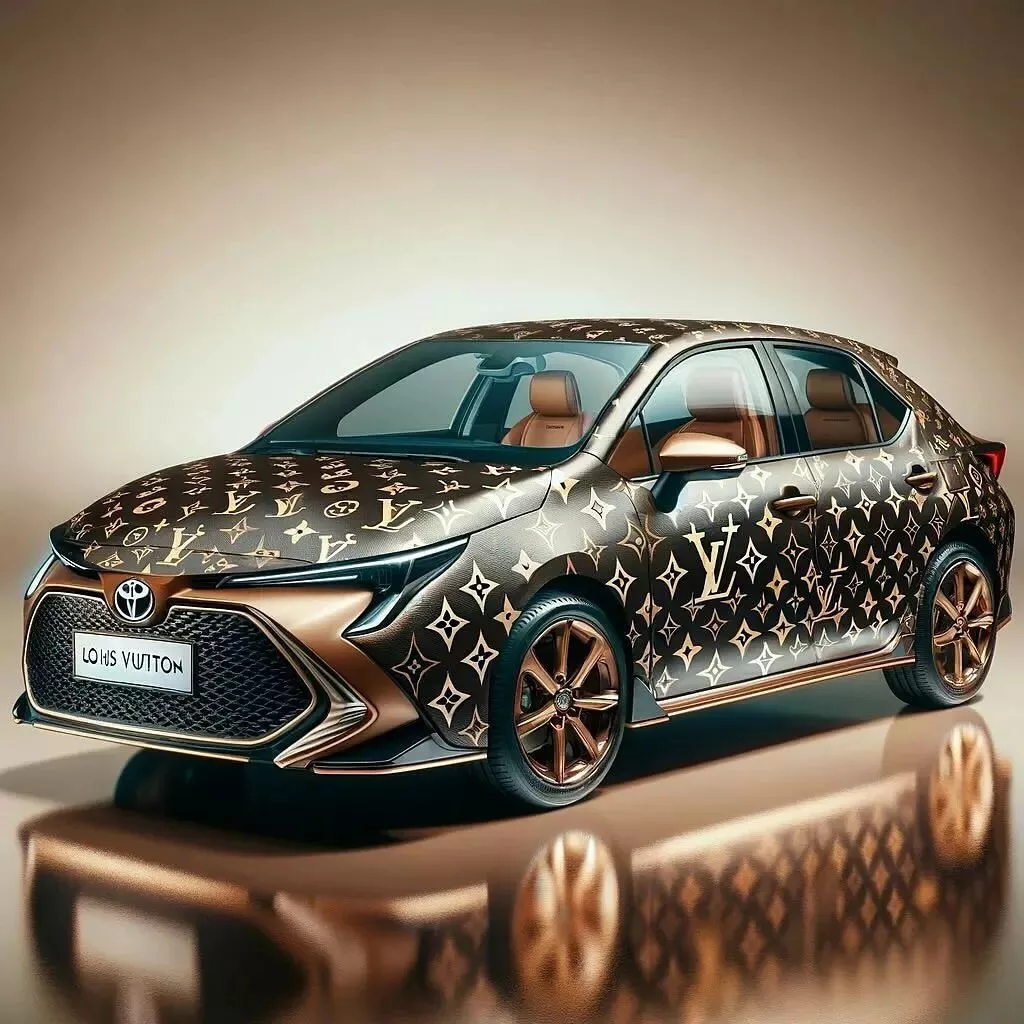
The Louis Vuitton Trunk for Bugatti Type 41 Royale (1927)
The Bugatti Type 41 Royale was one of the most luxurious cars of its time, and it needed a trunk that matched its grandeur. Louis Vuitton delivered with a custom-made trunk that fit perfectly in the car’s trunk compartment. The trunk featured the brand’s signature monogram canvas, brass hardware, and a red lining to match the car’s interior. It also had compartments for storing hats, shoes, and other personal items, making it both stylish and functional.

Louis Vuitton Interior for BMW Individual 7 Series (2008)
In 2008, Louis Vuitton collaborated with BMW to create a limited edition version of their flagship 7 Series sedan. The interior of the car was designed by Louis Vuitton’s creative director at the time, Marc Jacobs, and featured the brand’s iconic monogram pattern on the seats, door panels, and headrests. The car also came with a set of custom-made luggage that fit perfectly in the trunk.
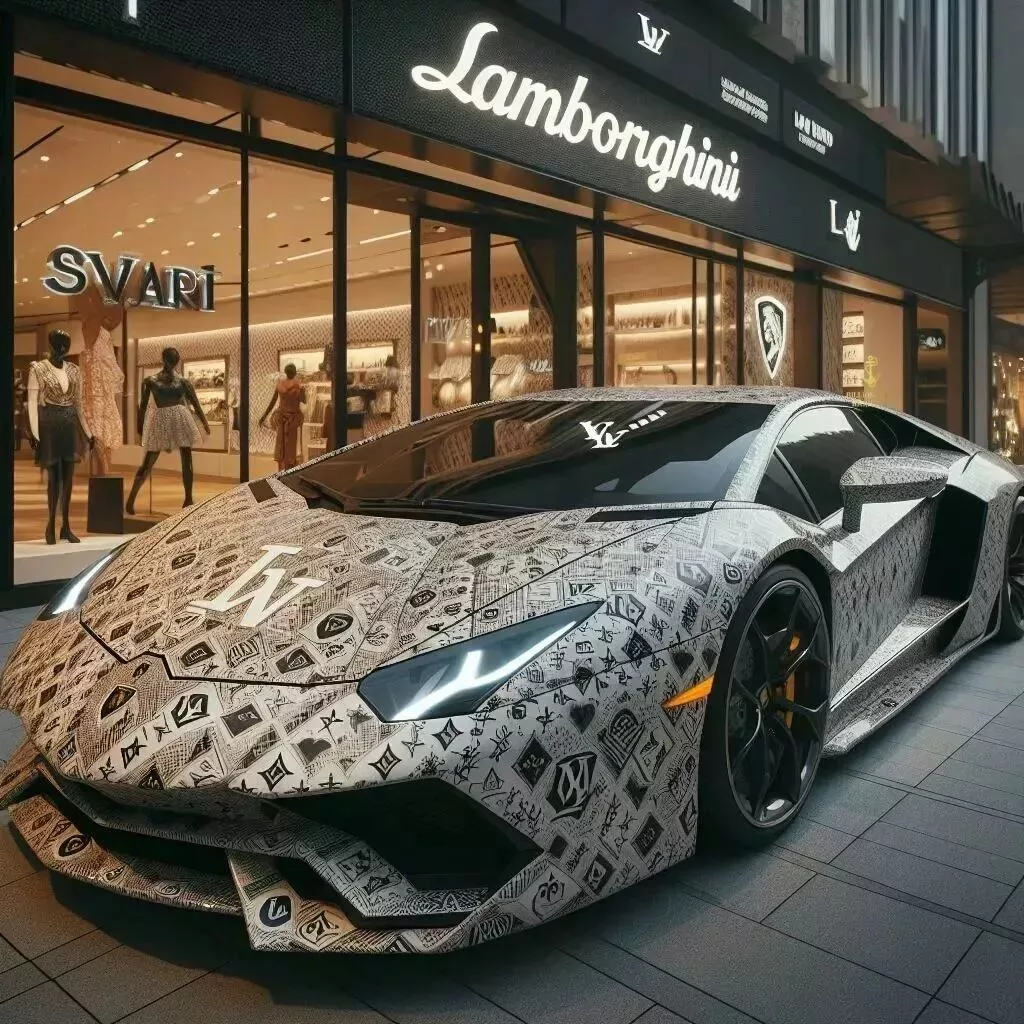
The Louis Vuitton Trunk for Mini Cooper (2010)
In 2010, Louis Vuitton teamed up with Mini to create a special edition version of their iconic Cooper model. The car featured a unique paint job inspired by Louis Vuitton’s Damier pattern and came with a matching set of luggage. The highlight of this collaboration was the custom-made trunk that could be attached to the roof of the car, adding both style and functionality.
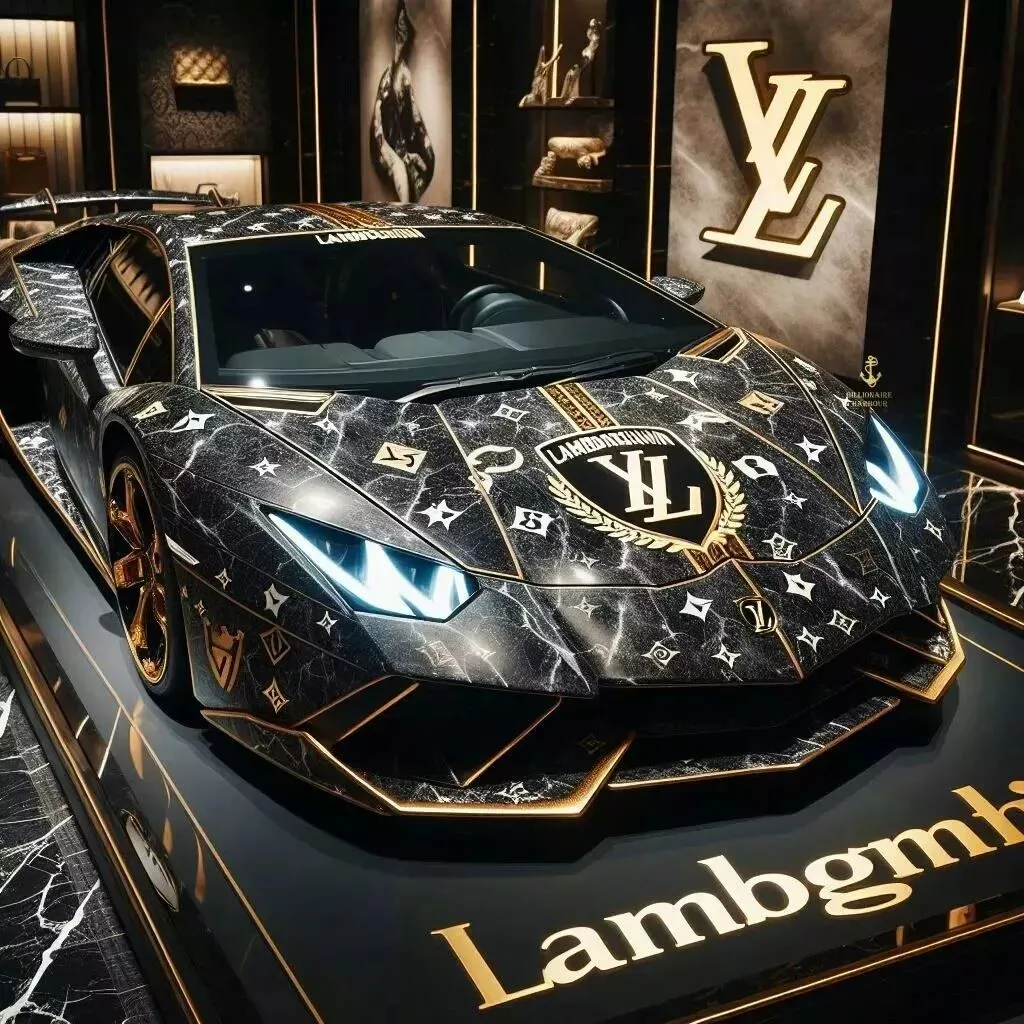
Behind the Scenes: The Making of a Louis Vuitton Car Collaboration
Collaborating with a fashion house like Louis Vuitton is not just about slapping their logo on a car. It involves a meticulous process of design, development, and production to create a product that represents both brands’ values and aesthetics. Let’s take a look at the behind-the-scenes of a Louis Vuitton car collaboration.
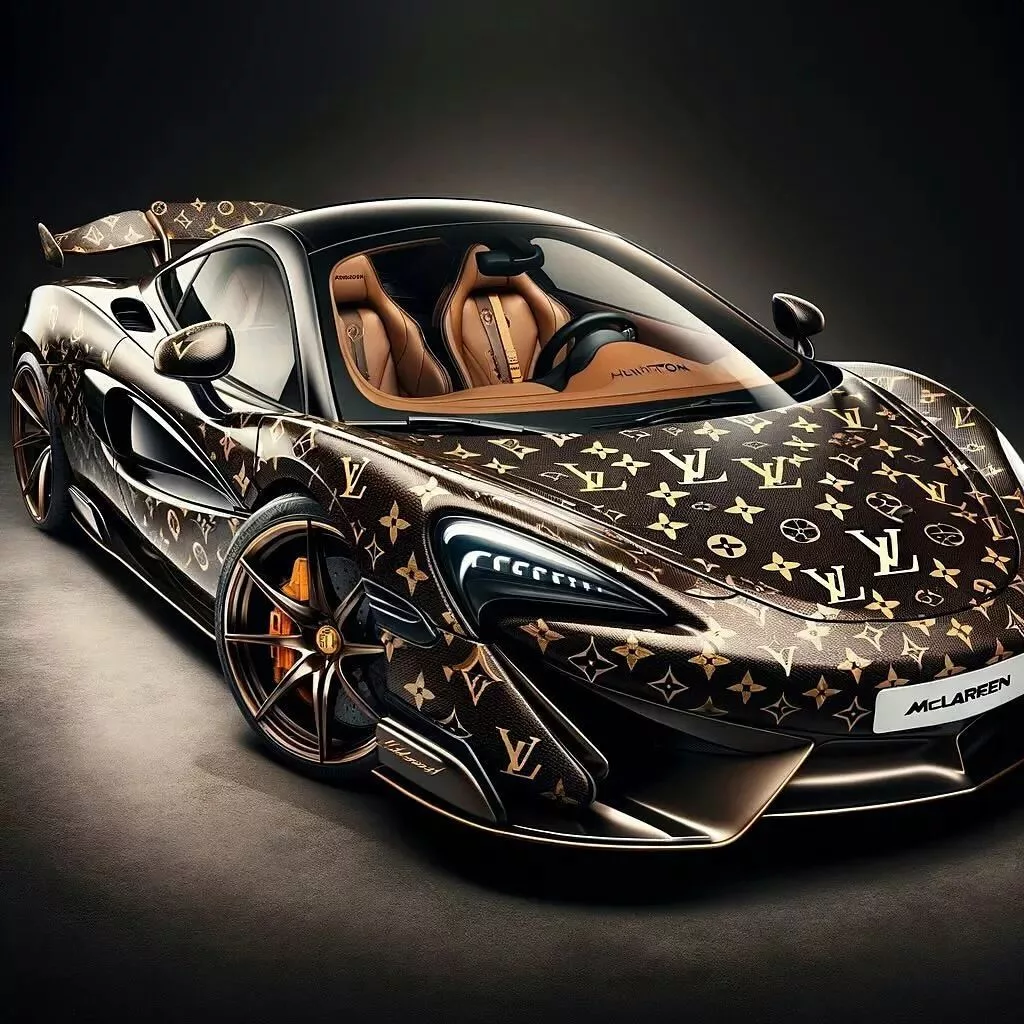
Design Process
The first step in any Louis Vuitton car collaboration is the design process. This involves brainstorming ideas, sketching concepts, and creating mock-ups to determine the final design. The brand’s creative team works closely with the car manufacturer to ensure that the design reflects the essence of both brands.
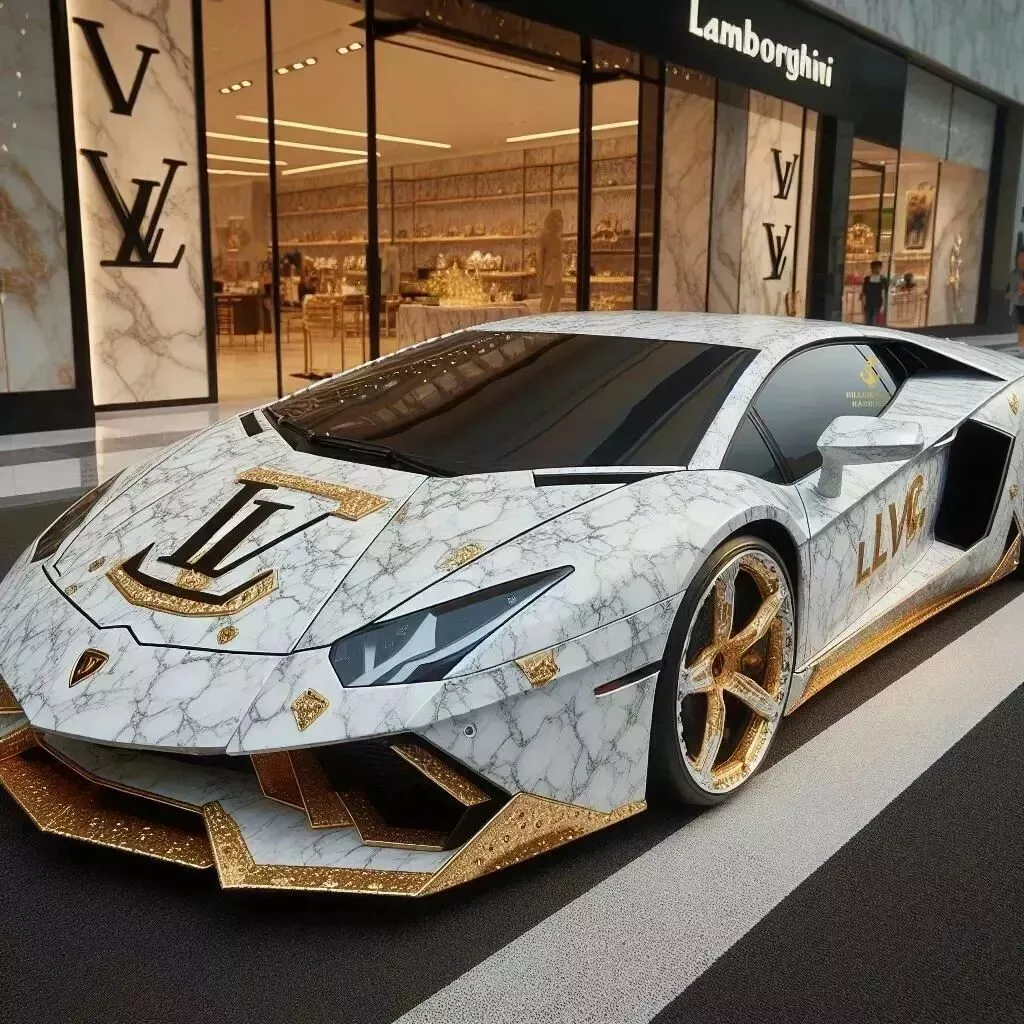
Production
Once the design is finalized, the production process begins. This involves sourcing high-quality materials, such as leather, wood, and metal, to create the various components of the car. The production team at Louis Vuitton ensures that every detail is perfect, from the stitching on the seats to the placement of the brand’s logo.
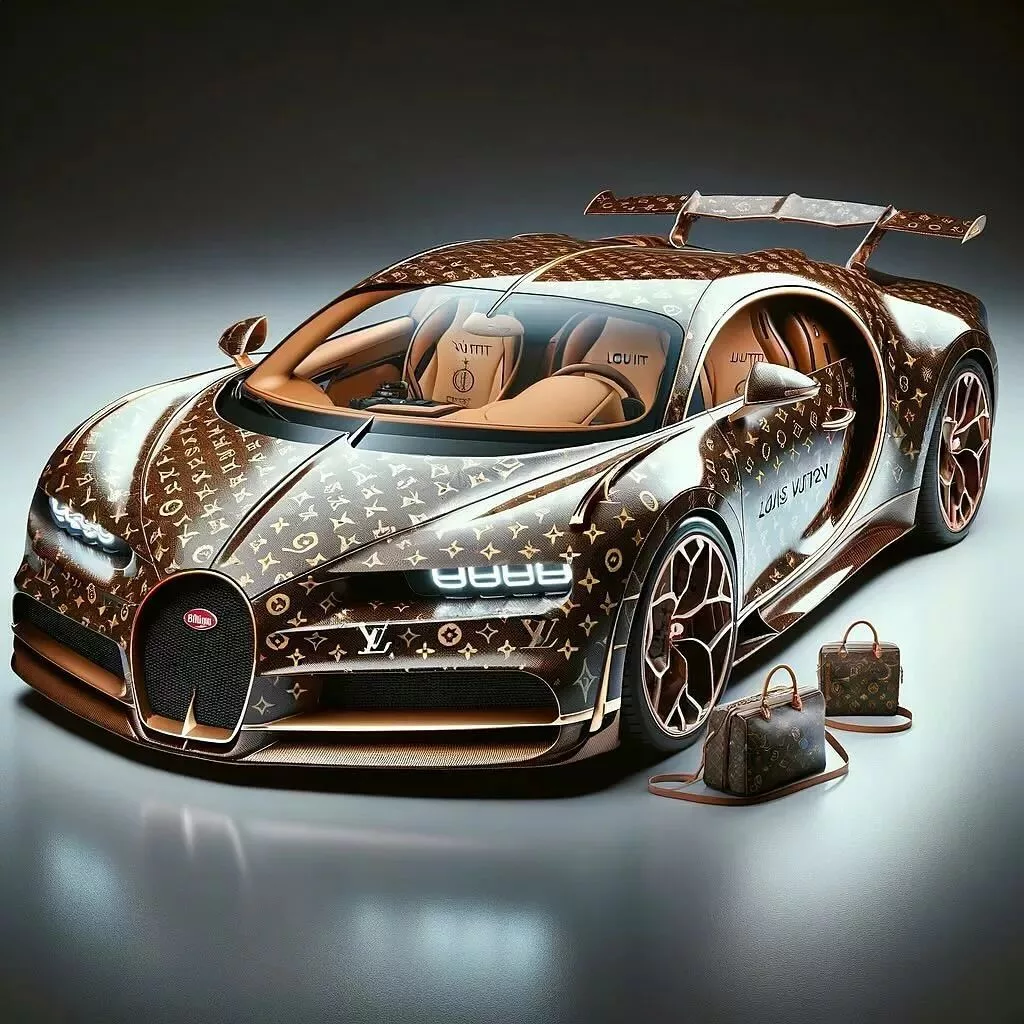
Quality Control
Louis Vuitton is known for its impeccable quality, and this extends to their car collaborations as well. The brand has strict quality control measures in place to ensure that every product meets their standards. This involves rigorous testing and inspection of each component before it is approved for use in the final product.
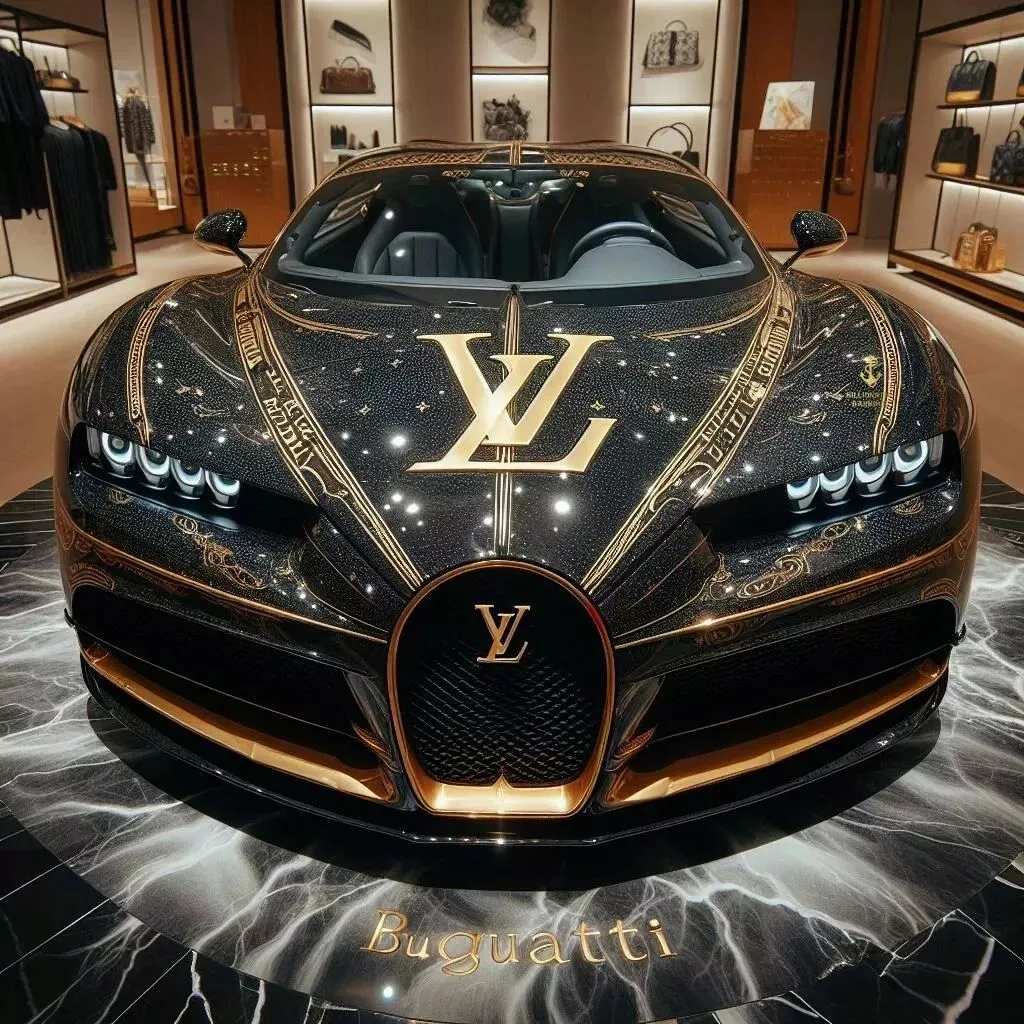
The Most Iconic Louis Vuitton Car Collaborations
Over the years, Louis Vuitton has collaborated with numerous car brands, creating some of the most iconic designs in the automotive industry. Here are a few of their most memorable collaborations.
Louis Vuitton Trunk for Rolls-Royce Phantom (1929)
The collaboration between Louis Vuitton and Rolls-Royce dates back to the 1920s when the brand created a custom trunk for the iconic Phantom model. The trunk featured the brand’s signature monogram canvas, brass hardware, and a red lining to match the car’s interior. It also had compartments for storing hats, shoes, and other personal items, making it both stylish and functional.
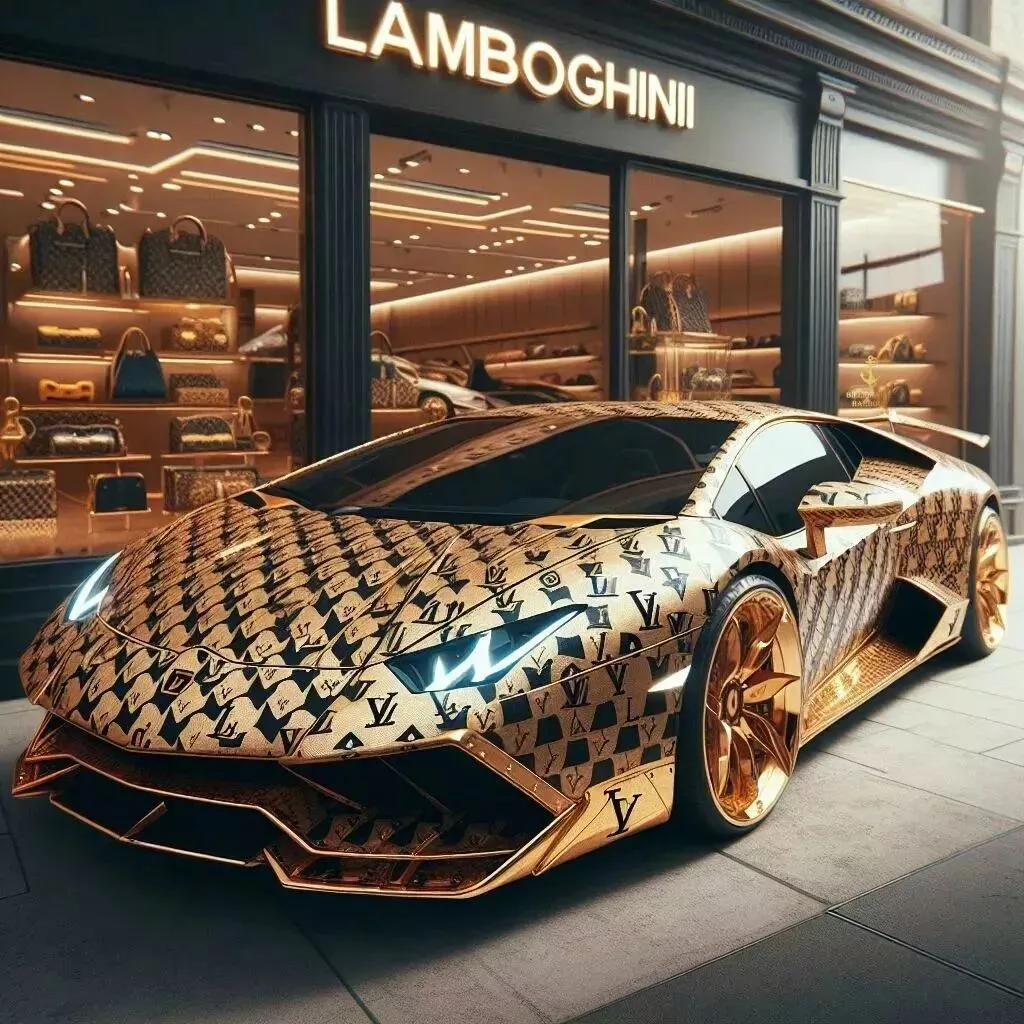
Louis Vuitton Interior for Aston Martin DBS Superleggera (2019)
In 2019, Louis Vuitton teamed up with British luxury car manufacturer Aston Martin to create a limited edition version of their DBS Superleggera model. The car’s interior was designed by Louis Vuitton’s creative director, Virgil Abloh, and featured the brand’s iconic monogram pattern on the seats, door panels, and headrests. The car also came with a set of custom-made luggage that fit perfectly in the trunk.
Louis Vuitton Trunk for Ferrari F12 Berlinetta (2014)
In 2014, Louis Vuitton collaborated with Italian sports car manufacturer Ferrari to create a special edition version of their F12 Berlinetta model. The car featured a unique paint job inspired by Louis Vuitton’s Damier pattern and came with a matching set of luggage. The highlight of this collaboration was the custom-made trunk that could be attached to the roof of the car, adding both style and functionality.

Louis Vuitton’s Future in the Automotive Industry
With their successful track record of collaborations with various car brands, it’s safe to say that Louis Vuitton’s future in the automotive industry looks bright. The brand continues to push boundaries and explore new ways to merge fashion and cars, creating unique and luxurious products for their customers.
One of the most recent collaborations is with Italian luxury car manufacturer Lamborghini, where Louis Vuitton designed a limited edition version of their iconic Aventador model. The car features a custom paint job, leather interior, and a set of matching luggage, all bearing the brand’s signature monogram pattern.

The Influence of Louis Vuitton on Car Design
Louis Vuitton’s impact on the automotive industry goes beyond just collaborations. The brand’s designs have also influenced car design over the years. Many car manufacturers have incorporated elements of Louis Vuitton’s signature patterns and colors into their own designs, paying homage to the fashion house’s iconic style.
For example, the Rolls-Royce Phantom VIII features a dashboard design inspired by Louis Vuitton’s iconic trunks, with wood paneling and stitching reminiscent of the brand’s luggage. Similarly, the Bugatti Chiron Sport has a two-tone exterior that resembles Louis Vuitton’s Damier pattern.

Read more: Chanel-Themed Cars: A Guide to the Most Unique Vehicles
Limited Edition Louis Vuitton Cars: A Collector’s Dream
With only a handful of each collaboration being produced, Louis Vuitton’s limited edition cars have become highly coveted collector’s items. These cars not only represent the partnership between two prestigious brands but also showcase the pinnacle of luxury and craftsmanship.
In recent years, these limited edition cars have been sold at auctions for millions of dollars, making them a valuable investment for collectors. Some of the most sought-after Louis Vuitton cars include the Mini Cooper (2010), Aston Martin DBS Superleggera (2019), and Ferrari F12 Berlinetta (2014).

The Ultimate Guide to Louis Vuitton Cars
If you’re a fan of both fashion and cars, then a Louis Vuitton car collaboration is the ultimate dream come true. These limited edition cars are not only luxurious but also highly exclusive, making them a must-have for any collector. Here are some tips for getting your hands on one of these coveted collaborations:
- Keep an eye out for new collaborations: Louis Vuitton is constantly partnering with different car brands, so make sure to stay updated on their latest collaborations.
- Be prepared to spend: These limited edition cars come with a hefty price tag, so be prepared to spend a significant amount of money if you want to add one to your collection.
- Act fast: With only a handful of each collaboration being produced, these cars sell out quickly. Make sure to act fast when they are released to secure your purchase.
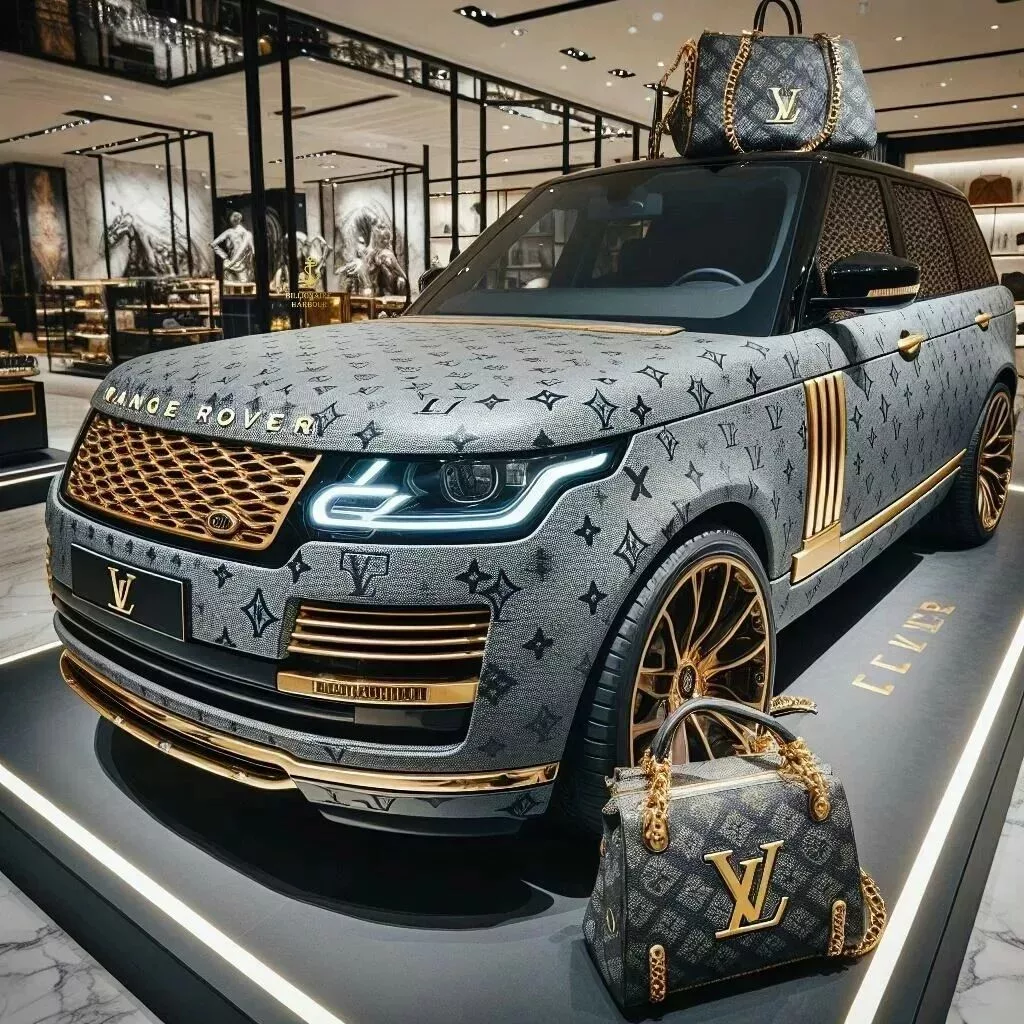
Conclusion
Louis Vuitton’s journey in the automotive industry has been a long and successful one. From designing custom trunks for early automobiles to creating limited edition cars, the brand has left its mark on the industry through their collaborations with various car brands. Their designs not only add a touch of luxury to the cars but also serve a practical purpose, making them a perfect blend of fashion and function. With their continued success and influence in the automotive world, we can’t wait to see what Louis Vuitton has in store for us in the future.

